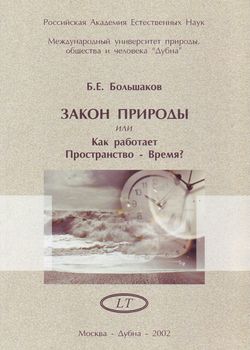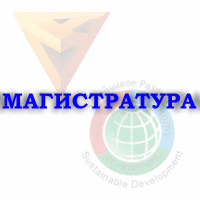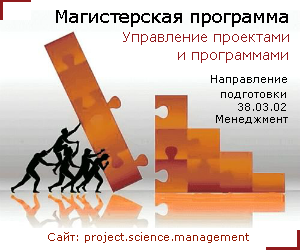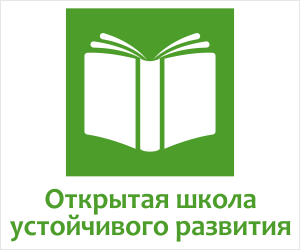Kibalnikov Sergey Vladimirovich, Doctor of Technical Sciences, Leading Researcher at Lomonosov Moscow State University, professor of the University “Dubna”, general director of “Inventor” LLC
Merkulov Alexander Alekseevich, candidate of technical sciences, head of the technopark of KSTU n.a. I. Kant
Abstract
A change in the dominant technological mode (TS) occurs every 30–40 years. Each such change is preceded by a technological and economic crisis. The change in technical specifications is the result of waves of basic innovations. Such innovations include the use of additive technologies. Additive Manufacturing is a layer-by-layer build-up and synthesis of objects. The essence of additive technologies is the layer-by-layer construction (synthesis) of products – models, forms, master models, and so on by fixing the layers of the model material and their sequential connection to each other in various ways: sintering, fusion, gluing, polymerization – depending on the nuances of a particular technology . In other words, additive technologies involve the formation of a part by successively “building up” the material layer by layer. Additive technologies have great potential to reduce energy costs for the creation of a wide variety of products.
KEYWORDS: additive technologies, result of intellectual activity (RIA), consortium, human-centeredness, pedagogical and information technologies (PIT), structural code of imagination (SEC), SEC-matrix, convergent network interaction model (CMC), IP lab sidechain.
Download article IP LAB CONSORTIUM AS AN EXAMPLE OF THE IMPLEMENTATION OF ADDITIVE TECHNOLOGIES IN THE FIELD OF VOCATIONAL EDUCATION AND TRAINING![]()

 ПОСЛЕДНИЕ ЭКЗЕМПЛЯРЫ ТИРАЖА
ПОСЛЕДНИЕ ЭКЗЕМПЛЯРЫ ТИРАЖА





